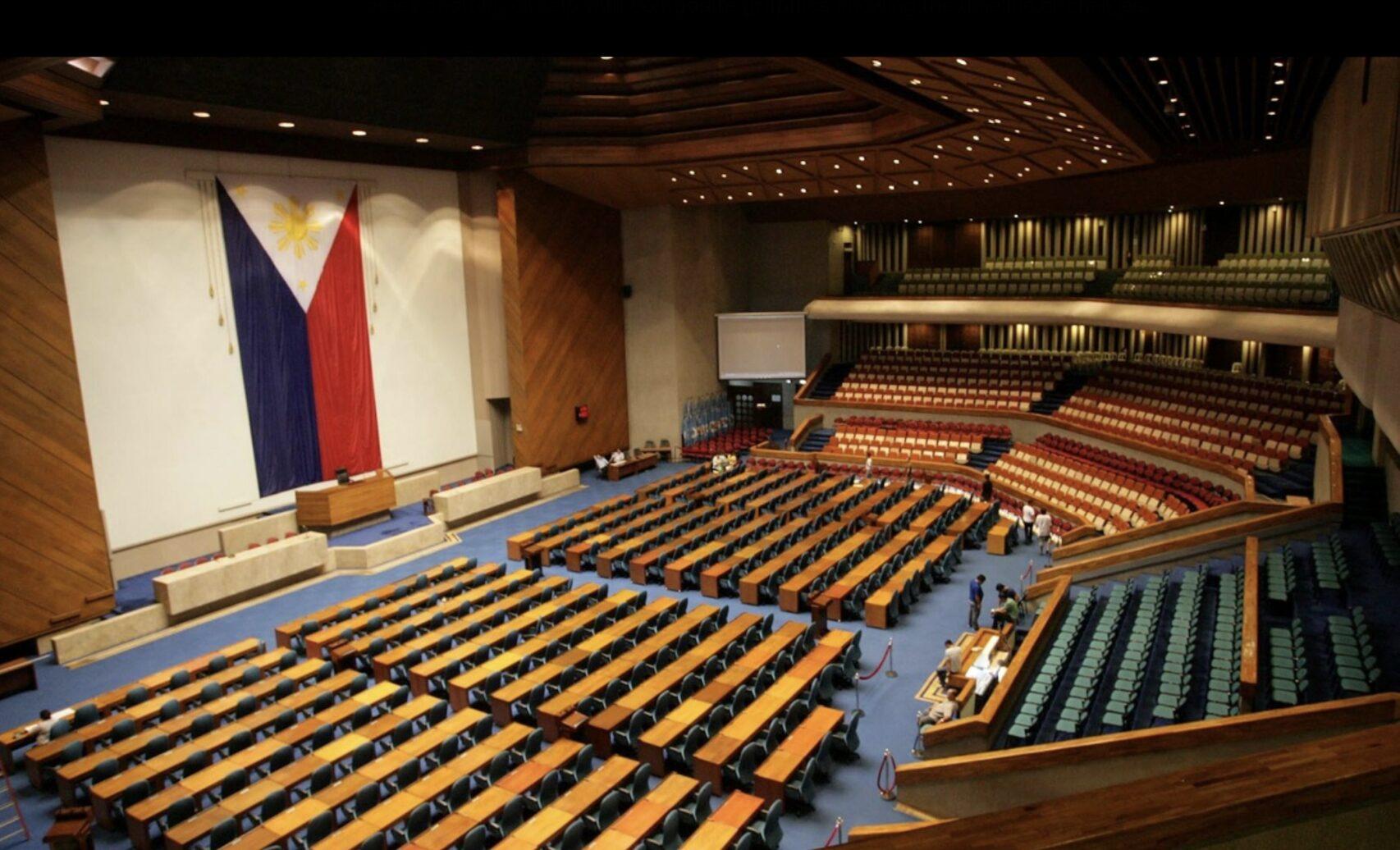THE Philippines on Thursday, Oct. 1, conditionally pledged to slash its carbon emissions by 70 percent by 2030, contingent on assistance it receives from the international community.
In the Intended Nationally Determined Contribution (INDC) it submitted Thursday to the United Nations (UN), the Philippines said it would also commit to adaptation measures to help citizens prepare for the repercussions of climate change, including droughts and typhoons.
“These initial commitments are anchored on our policy declaration under the Climate Change Law of 2009, as amended in 2012, that the state shall cooperate with the global community in the resolution of climate change issues,” said Climate Change Commission (CCC) Secretary Lucille Sering said in a statement.
Carbon reductions will occur in the energy, forestry, industry transport and waste sectors, all of which are the country’s largest sources of carbon emissions. The agricultural sector was excluded from the list despite the fact it is the second largest source of carbon emissions. Reductions will occur while the country maintains a “business as usual scenario” from 2000 to 2030.
Philippine President Benigno Aquino III, chair of the CCC, approved the country’s plans, which are slated for implementation after 2020, spokesman Herminio Coloma said in a statement.
“As a country highly vulnerable to climate and disaster risks, mitigation measures as presented in the INDC will be pursued in line with sustainable development and a low-emission development that promotes inclusive growth,” the Philippine government’s six-page INDC submission stated.
In setting its 70 percent reduction goal, the CCC considered the country’s average population growth of 1.85 percent, its historical gross domestic product rates from 2010 to 2014 and a projected yearly average of 6.5 percent for 2015 to 2010, Inquirer reported.
“These reductions in emissions are conditional and will be pursued if sufficient financial resources, technology development and transfer, and capacity building will be made available to the Philippines after the Paris climate talks in December,” Coloma said, according to InterAksyon.
Among crucial aspects highlighted in the Philippines’ INDC was for the country to build its resilience and strengthen its “adaptive capacity,” which is the priority.
“Our INDC is based on our philosophy of undertaking mitigation as a function of adaptation, therefore, we will still prioritize adaptation measures,” Sering said, according to Philstar.
Measures set for implementation to achieve the reduction goal include climate monitoring and observation, and a climate/disaster risk and vulnerability assessment process, Inquirer reported.
“Technical inputs and assistance are critical for certain sectors such as grid efficiency improvement, standard development for energy and water efficiency, cost-effective renewable energy, and alternative or high-efficiency technology for conventional power generation, among others,” the INDC document stated.
A 2009 UN summit in Copenhagen set a target of limiting global temperature rises to a maximum of two degrees Celsius above pre-industrial levels. While the goal is still expected to result in increasing droughts and disasters, scientists consider it manageable, according to InterAksyon.
Experts say this is an achievable aim if wealthier nations work toward peaking their carbon emissions by 2020, while developing countries do the same by 2030.
The Climate Reality Project says the Philippines’ reduction target is a “significant development” for the country, Rappler reported.
“Having less than 1 [percent] of the total global carbon emission, this is not only a gargantuan challenge for the government but for all sectors to cooperate and take action,” said the group’s country manager Rodne Galicha, according to Rappler.
Since Super Typhoon Yolanda struck the Philippines in 2013, the Philippines has been the epitome of countries prone to the effects of climate change, Inquirer reported.
The Philippines ranked fifth under the Climate Risk Index of Germanwatch in the period between 1994 to 2014.
More than 130 nations have submitted INDCs to the UN Framework Convention on Climate Change, Sering said.






